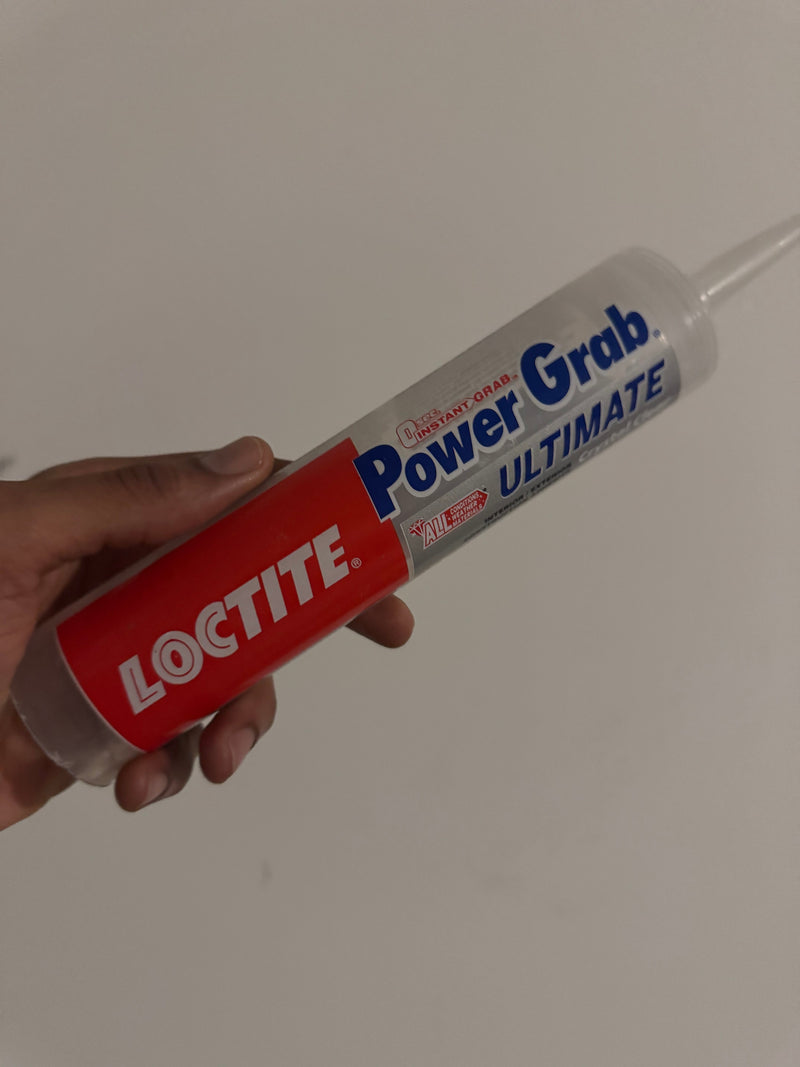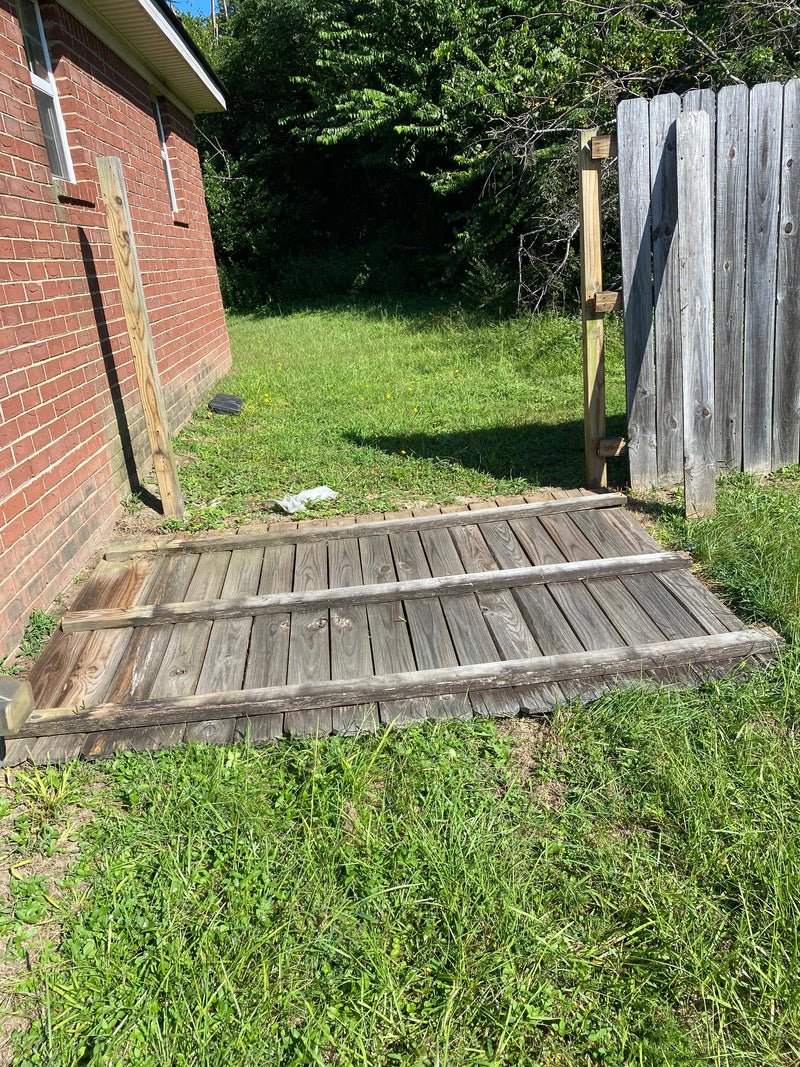Mortise locks have been around for over a century, and for good reason—they’re tough, reliable, and built to last. You’ll often find them in older homes, apartments, or commercial buildings across the CSRA. If you’ve ever pulled one out of a door, you know it’s not the same as swapping a standard deadbolt. A mortise lock is a whole mechanism cut into the door itself, which means replacing one isn’t just “unscrew, pop in, done.”
So, let’s break down when you can tackle this as a DIY project and when it makes more sense to call someone like me, your friendly neighborhood handyman.
Why Mortise Locks Matter
🐝 Durability – Mortise locks are built like tanks. They hold up to decades of use.
🐝 Security – Heavier and more complex than spring locks, they give you better protection.
🐝 Aesthetic – In older or historic homes, they just look right compared to modern options.
But all that durability comes with a price: installing or replacing one takes patience, precision, and the right tools.
Signs You Need a Mortise Lock Replacement
🐝 The latch doesn’t retract or extend smoothly.
🐝 The lock cylinder spins without engaging.
🐝 Keys get stuck or break off inside.
🐝 You’ve re-keyed it too many times, and it’s just worn out.
If you’re managing apartments or rental properties in Augusta, this happens more often than you’d think. Property managers call me all the time because tenants jam the lock or the old brass finally gives out after 40 years.
The DIY Breakdown
Replacing a mortise lock isn’t impossible, but here’s the reality: it’s a little carpentry, a little locksmithing, and a lot of measuring twice before you cut once.
Tools you’ll need:
🐝 Screwdrivers (flathead and Phillips)
🐝 A chisel and mallet (to square out the mortise pocket if sizing is off)
🐝 Drill with wood bits
🐝 Measuring tape and square
🐝 Replacement mortise lockset (make sure it matches your door thickness and backset)
Steps in a nutshell:
-
Remove the old hardware – knobs, plates, and cylinder.
-
Slide out the lock body from the mortise pocket.
-
Clean and check the pocket for wear or damage.
-
Fit the new lock body—sometimes the new model won’t line up perfectly, which is where chiseling comes in.
-
Install the cylinder and knobs.
-
Test everything repeatedly before tightening it all down.
DIY Difficulty Level: 7/10.
This isn’t like changing out a lightbulb—it’s more like trying to fit a puzzle piece into wood that may not want to cooperate.
When to Call a Pro
If you’re a property manager with 10 units needing lock swaps in a week, DIY probably isn’t your game plan. Same goes if you don’t own a chisel set or if the words “mortise pocket” already sound exhausting.
That’s where I come in. I handle mortise lock replacements for homeowners and property managers across the CSRA. My usual pricing for lock work runs $125–$200, depending on the complexity and hardware. That’s still cheaper than calling a locksmith for emergency service—and you won’t have to worry about whether the door still closes properly when you’re done.
You can always find my handyman services here:
Dee Bee Freelancing Services
And if you want the full breakdown on how to book me or even how to line up more property maintenance jobs for yourself, check out my guide:
Dee Bee’s Handyman Guide
Final Thoughts
Mortise locks are secure, sturdy, and timeless—but they’re not exactly beginner-friendly. If you’ve got patience, tools, and a willingness to carve into a door, you can do it yourself. But if you’re short on time, tools, or energy, give me a call. I’ll make sure your door shuts, locks, and keeps you safe without all the stress.
🐝 Secure your home. 🐝 Save yourself time. 🐝 Call Dee Bee Freelancing today.



























!["Afrocentric digital artwork featuring [subject], showcasing rich melanin tones, cultural symbolism, and bold colors. Perfect for modern home decor, Black heritage appreciation, and artistic expression. High-quality print available in multiple sizes."](http://deebeefreelancing.com/cdn/shop/articles/Untitled_design_3.png?v=1740011344&width=800)
